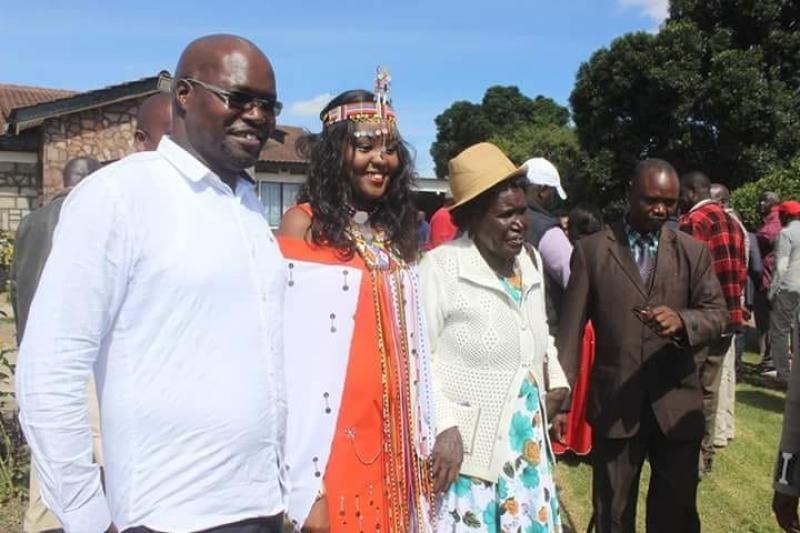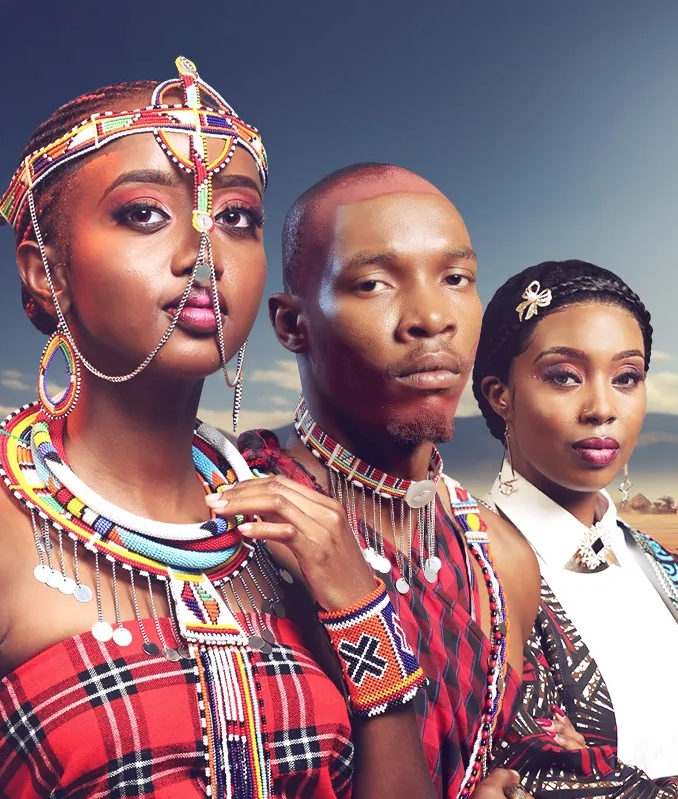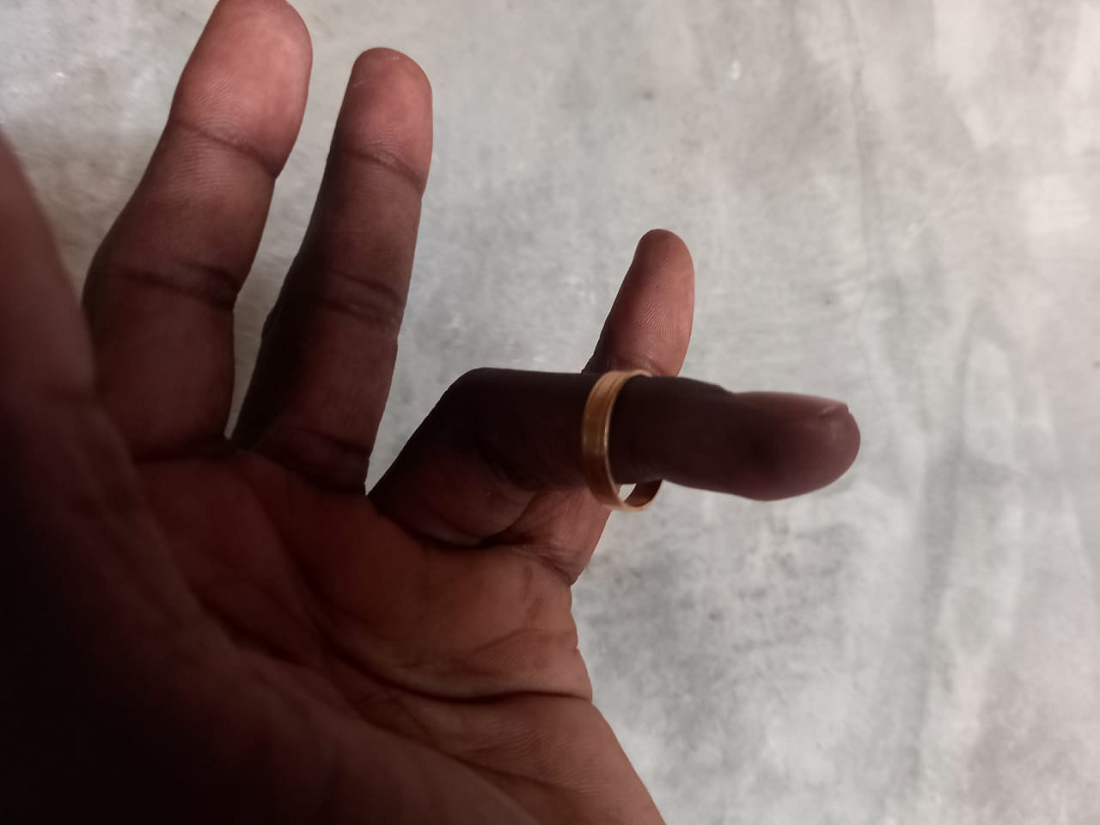The Maasai community is renowned the world over for its culture. The Maasai culture is unique and very interesting and attracts many peoples, both locals and foreigners.
While some cultural practices have become outdated the iconic Maasai traditional wedding ceremony is one elaborate and culturally rich event that that is entertaining as well as intriguing. Maasai traditional wedding has become increasingly popular not just in Kenya but beyond and a lot has been borrowed from the rite and incorporated into the so called modern wedding.
Maasai traditional weddings are full of colour, song and dance. Most people in Maasai practiced traditional weddings and that was the only form of marriage they knew. Mzee Leseyio Ole Tampul, a village elder at Olgilai village in Narok South, who is actively involved in these traditional weddings, says traditionally girls were married at anywhere between 12 and 20 years of age, but this is slowly changing as the community continues to embrace modernity. Marriage rites are still observed.
The village elder, who has married five wives in Maasai traditional weddings, says the day before the wedding the husband to be (groom) and best man bring the last of the pre-agreed dowry to the girl’s family. This is normally a combination of livestock, cash, blankets and honey. The dowry is a symbol of appreciation to them.
On this day the girl gets her head shaven to symbolise the beginning of a new life in marriage. The women elders in the bride’s family shave the girl then offer prayers and bless the bride as she prepares to go to her new family.
They also encourage her to be a good wife to her husband and teach her all about womanhood or wifely responsibilities and impress upon her to give her husband many children. Leseyio says that the girl would then be smeared with red ochre (made from soil) as a sign of blessings and symbolise a new beginning in her life.
[ Read Also: Surprise! Research shows Kenyan men are the most faithful in Africa ]
The mode of dressing during the Maasai traditional weddings is also specific. A bride traditionally wears a special necklace made by her mother. It is made of beads and cowrie shells. Each part has a symbolic meaning. Red beads, for example, symbolise power and unity. The bride also wears a red dress and on top she has to wear a beaded cow skin. She also wears the Maasai jewelry around her neck, head, ankles and hand bracelet.
Beads and shells are set in several rows. The number of rows signifies the economic wealth of the father which is counted in terms of cows and wives. Strings attached to the main part of the necklace represent the number of livestock the bride’s family received for her dowry. The groom wears a simple Maasai ‘shuka’ covered with a beaded cow skin on top. He also wears some beads on his ankles and a beaded head wrap.
Home-leaving ceremony
The wedding procession starts with a blessing from an elder. He/she spits out milk outside the bride’s mother’s house. Before the girl leaves the house, grass is tied to the traditional shoes she is wearing as a further blessing. For the cattle-loving Maasai grass symbolizes abundance of milk.
As the bride leaves her village the women come to cheer her to embolden her for the task ahead and also pledge wedding gifts. For each present (for example; sheep, chickens), the bride ties a knot in one of the long threads on the wedding necklace as a reminder of how many presents she needs to collect after the wedding.
The women make ululations as they escort the bride to her husband’s homestead. The bride would weep uncontrollably as the reality of that separation from her family sinks in.
Rituals practiced during the traditional weddings are significant to the couple because they acted as a charm to protect them from bad omen and witchcraft.
Marriages between members of the same clan is discouraged and is seen as a taboo. Intermarriage with other communities was also prohibited unlike today. This was meant to help maintain the Maasai culture.
The procession then goes to the husband’s village where the main celebration is held. When she arrives at this village the bride is given a baby or young child to cuddle to symbolize that she will have many children
On arrival at the husband`s homestead, the couple would then face East ready to receive blessings from the Maasai elders. The prayer was performed in a particular way by the elders. It went like this:
Entaseriana – Be safe forever
Entobikoi – Have a long life
Entubulemputaenkop – Multiply and fill the earth
MeishuroNkeraInyi – May your children succeed in life
MetapaashaIntaeIlmeita – May all bad things (omen) move away from your family
EntorikEnkop – May you lead the world
To which the bride, groom and wedding party answered in unison: Naai which means ooh God. Celebrations ensued with the eating of goat meat, singing and dancing.
[ See Also: Common things men do that annoy women very much ]
After the celebrations the groom and the bride receive further advice from the elders who bless them to live happily and give birth to many children. The bride is then given a name according to the situation she has encountered during her journey to her new home or the season. For example when its rainy season the bride will be call ‘Nalotuesha’ which means that she came during the rainy season.
Mr MzeeLeseyio, however, says some of the setbacks of the Maasai traditional wedding is that the traditional wedding would allow marriage of girls at a minor age and this encouraged marrying off girls of at tender ages of 12 years to 15 years thus denying them the opportunity to exploit their potential.
Leseyio says the Maasai traditional wedding is simple and not complicated like the modern western wedding and was celebrated by the entire community. The rituals practiced during the traditional weddings are significant to the couple because they acted as a charm to protect them from bad omen and witchcraft and help maintain order in the society.
MzeeLeseyio appreciates the incorporation of some elements of traditional Maasai wedding into the modern weddings saying times are changing and it’s good to appreciate the good in both past and present. But what is clear is that the rich Maasai culture is not about to go away.
[ Don’t Miss: Will Kenyan women really donate their breast milk to hospital bank? ]












2 Comments